Frontend and Backend MVC Components Explained for Efficient Web Development
- Jayant Upadhyaya
- Jul 22, 2025
- 9 min read
Updated: Aug 23, 2025
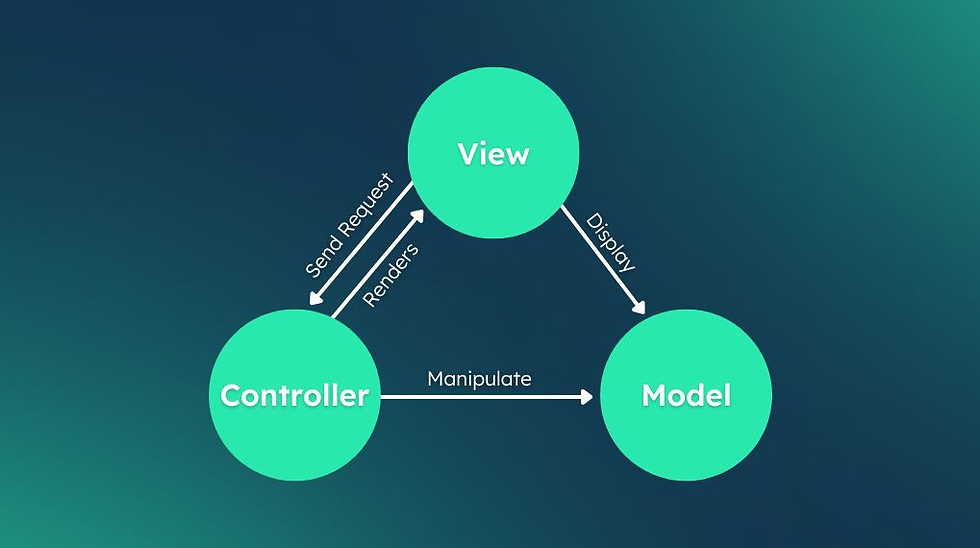
The Model-View-Controller (MVC) architecture divides an application into three distinct components: the Model, the View, and the Controller. This separation allows developers to organize frontend and backend code clearly, with the frontend primarily managing the View, or user interface, and the backend handling the Model, where data and business logic reside. The Controller acts as a bridge, processing user input and updating both the View and Model accordingly.
By isolating these components, MVC simplifies maintenance and development, enabling changes in the interface or server-side logic without affecting the other parts. This structure supports better scalability and easier debugging, especially in complex applications where frontend and backend teams work simultaneously.
Understanding the roles of frontend and backend within MVC is essential for managing modern web applications effectively. It highlights how user interactions on the frontend translate into data operations on the backend, providing a framework that fosters clean, organized, and efficient software development.
Understanding MVC Architecture

MVC architecture divides an application into three core components: Model, View, and Controller. Each component handles specific responsibilities, enabling clearer organization and streamlined development. This separation improves collaboration, code maintenance, and scalability.
Fundamental Principles of MVC
MVC separates an application into three interconnected parts:
Model: Manages the underlying data and business logic.
View: Handles the presentation layer, displaying data to the user.
Controller: Acts as an intermediary, processing user inputs and updating the Model or View accordingly.
This division ensures that changes in the user interface do not directly affect data management, and vice versa. It supports parallel development, enabling frontend and backend teams to work more efficiently with minimal conflicts.
History and Evolution of MVC
Originally introduced in the late 1970s for desktop applications, MVC has evolved alongside software development practices. Its adoption in web development rose as frameworks emerged to support clear structuring of both frontend and backend code.
Modern MVC implementations adapt the pattern for complex web applications. They integrate frontend frameworks with backend logic while maintaining component separation, facilitating scalable and maintainable codebases.
Core Advantages of MVC
MVC enhances code organization by isolating different concerns within an application. It supports reusability since each component can be used across different parts of an application or in other projects.
Development teams benefit from improved collaboration; frontend developers focus on Views, backend teams work on Models, and Controllers coordinate interactions. Additionally, MVC simplifies testing since components can be tested independently, reducing debugging complexity in large projects.
Frontend MVC Components
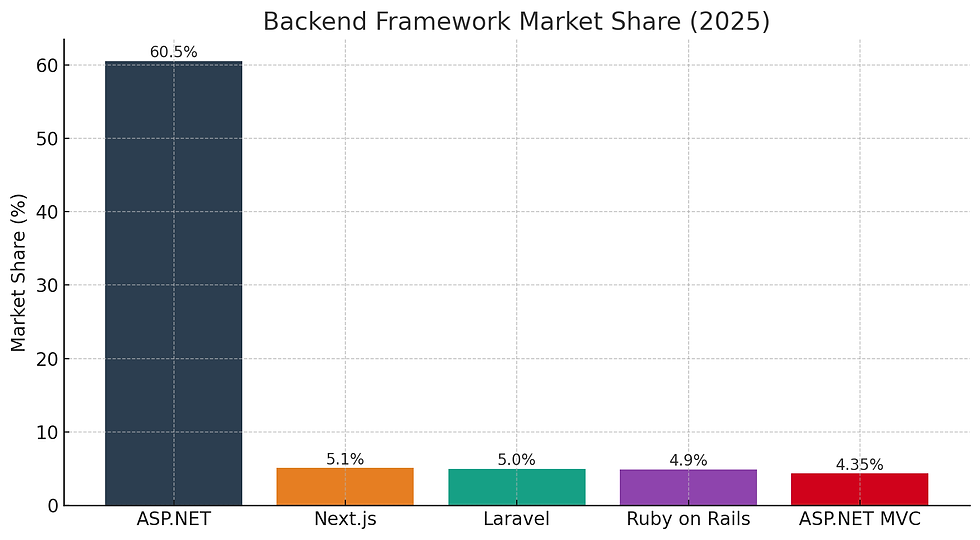
The frontend components in the MVC architecture focus on displaying data and handling user interactions. They act as an intermediary between the user and the backend, translating user actions into commands that affect the application state. Effective separation of concerns enhances maintainability and user experience.
Responsibilities of the View Layer
The View layer is responsible for presenting data in a clear and accessible way. It renders the user interface using templates or components that update dynamically as the Model changes. Views listen for changes in the Model and refresh the display accordingly, ensuring the UI reflects the current application state.
This layer handles layout, design elements, and responsiveness to user inputs like clicks, typing, and gestures. It does not manage business logic or data processing but focuses strictly on how information is shown and how users interact visually with the app. In web apps, this involves HTML, CSS, and JavaScript frameworks.
Role of Controllers in the Frontend
Controllers serve as the communication bridge between the View and Model. They interpret user inputs captured by the View and decide what actions to take, such as updating the Model or navigating to a different View. Controllers manage control flow without embedding display logic or data management.
Controllers listen to events triggered by UI elements and translate them into method calls or Model updates. They also handle validation and decide the next steps depending on user interactions or application state changes. In component-based systems, controllers may be embedded within components or act as event handlers.
Integrating User Experience with MVC
User experience (UX) in MVC depends on smooth interaction between View and Controller layers. UX designers focus on layout, visual hierarchy, and intuitive workflows that controllers facilitate through responsive feedback and error handling. Clear separation allows updates to UX elements without altering backend processes.
MVC supports modular UX by enabling independent updates to Views or Controllers. This flexibility allows for adaptive interfaces, user-friendly navigation, and accessibility improvements. By isolating UI logic, developers can prioritize usability tests and optimize responsiveness without risking backend stability.
Backend MVC Components
Backend MVC components organize how data is managed, how business rules are processed, and how external services interact with the system. This structure supports stable, maintainable code crucial for custom software, SaaS, and mobile app backends, enabling developers to build scalable and efficient server-side solutions.
Structure of Models and Data Handling
Models represent the core data structures and manage interaction with databases or storage systems. They define schemas, enforce data validation, and handle relationships between data objects.
In full-stack development, models act as the single source of truth for backend data. They encapsulate logic needed to query, update, or delete information consistently.
Models also implement business constraints, such as ensuring data integrity and enforcing user roles or permissions. This abstraction allows backend systems to adapt to different data sources while maintaining reliable operations.
Backend Controllers and Business Logic
Controllers serve as intermediaries that process incoming requests and execute application logic. They interpret client inputs, invoke model operations, and decide which view or response to send.
Controllers enforce workflows, validation rules, and error handling crucial for SaaS and mobile apps. These components isolate business rules from user interface concerns, facilitating independent backend development.
In complex applications, controllers orchestrate multiple models and services, ensuring cohesive data manipulation and streamlined backend processes
API Integration and Data Flow
Backend components often expose APIs that enable communication between frontend interfaces and server logic. Controllers handle these API endpoints, translating HTTP requests into backend actions.
Data flow management ensures the right sequence of querying models, processing logic, and returning structured responses, often in JSON or XML formats.
API design impacts performance and security, especially in custom software and SaaS platforms. Proper integration supports robust, scalable connections between client apps and backend services, allowing seamless data synchronization and updates.
Separation of Concerns in MVC
The Model-View-Controller (MVC) pattern divides an application into three components—Model, View, and Controller—each handling a distinct responsibility. This separation helps teams focus on specific parts of the application, improving how apps grow and adapt in complex environments. The structure inherently supports cleaner workflows and clearer roles in development.
Scalability Benefits
By isolating the front-end (View) from the back-end (Model and Controller), MVC enables parallel development and scaling. The View handles user interaction and display, while the Model manages data logic and persistence. The Controller acts as an intermediary, processing input and updating both View and Model accordingly.
This clear partition allows teams, including agile consultancies, to scale different parts of the application independently. Front-end developers can expand or change the user interface without impacting data management. Similarly, back-end developers can optimize databases or business logic without affecting the user experience. This division supports smoother product discovery, allowing for incremental feature additions without rewiring the entire system.
Maintainability and Code Organization
MVC's separation of concerns enhances maintainability by limiting the impact of any single change. For example, updating the user interface rarely requires modifications to data handling code. Controllers help organize application logic, making it straightforward to locate and fix issues in either user interaction or backend processing.
This design principle leads to better-organized codebases, which agile consultants often emphasize during product discovery to reduce technical debt. The ability to isolate and update components independently fosters continuous integration and delivery. As a result, teams can reliably iterate on product features with less risk of unintended side effects across the application layers.
MVC in Modern Web and Mobile Applications

Modern applications require clear separation between user interface, data, and business logic to maintain scalability and ease of updates. This separation is crucial in complex environments like SaaS platforms and e-commerce sites. The MVC pattern adapts to front-end frameworks in web apps and increases maintainability in mobile app development.
MVC Patterns in Single-Page Applications
Single-page applications (SPAs) often implement MVC through client-side frameworks like Angular, React (with variations), and Vue. Here, the View directly manages the UI rendering and updates, often using virtual DOM for efficiency.
The Model holds application state and business logic, synced with backend APIs or databases. The Controller is sometimes integrated within the framework’s event handlers or state management layers, coordinating between Model and View.
This approach allows for rapid user interaction updates without full page reloads, critical for real-time e-commerce product displays or SaaS dashboards. It enhances responsiveness and scalability, isolating concerns while enabling richer user experiences.
MVC Adaptation for Mobile Apps
Mobile apps apply MVC differently, often with native frameworks like Swift (iOS) or Kotlin (Android), or cross-platform tools like Flutter. The View drives the interface with direct user interactions.
The Model handles local data storage, remote API communication, and business rules. The Controller processes user input and updates both Model and View. Mobile apps benefit from this structure by isolating network logic from UI code, making maintenance and testing easier.
SaaS and mobile e-commerce apps leverage MVC to support offline capabilities and smooth transitions between screens. This structure simplifies adding features like push notifications or cart management without disrupting the entire codebase.
SynergyLabs: Empowering MVC Solutions
SynergyLabs applies advanced technologies to deliver robust MVC-based software solutions. Their focus on modular architecture and AI integration helps streamline both frontend and backend components, improving maintainability and scalability.
Expertise in AI-Powered MVC Implementations
SynergyLabs specializes in integrating AI and machine learning within MVC frameworks to optimize application behavior. By combining AI-powered video analytics with MVC components, they enhance dynamic data processing in real time on the backend, while maintaining responsive and interactive views on the frontend.
Founded in 2017 by former Goldman Sachs and IBM executives, SynergyLabs uses ML Ops to manage machine learning lifecycle efficiently within the MVC architecture. This approach supports continuous model training and deployment without disrupting app stability. Their expertise ensures that user-facing Views remain fast and adaptable, while Models and Controllers handle complex AI-driven logic.
Industry Use Cases with SynergyLabs
SynergyLabs has delivered tailored MVC solutions across logistics, fintech, and AI software domains. In logistics, their systems provide real-time tracking data as Model components, with Controllers managing user requests and Views delivering clear, actionable interfaces.
In fintech, SynergyLabs builds secure MVC applications that handle sensitive financial data with strict separation of frontend presentation and backend logic. Their AI capabilities support fraud detection integrated within backend Models, ensuring rapid response without degrading user experience.
Their track record combines deep domain knowledge with modern MVC practices, enabling clients to improve product quality and reduce development cycles while maintaining software clarity and performance.
Best Practices for Frontend and Backend MVC Integration
Effective integration of frontend and backend MVC components requires clear attention to security, performance, and collaborative workflows. These areas ensure the system remains robust, responsive, and maintainable throughout the development lifecycle, particularly in full-stack development contexts.
Ensuring Security Across Layers
Security must be enforced at both frontend and backend layers in MVC architecture. Input validation is critical to prevent injection attacks and should be implemented on the frontend for quick feedback and on the backend as a final defense.
Authentication and authorization mechanisms should be consistent across both layers. Using token-based authentication (like JWT) helps maintain session security while enabling stateless communication between frontend and backend.
Data transmitted between layers needs encryption using HTTPS. Backend should also protect against common vulnerabilities such as Cross-Site Scripting (XSS) and Cross-Site Request Forgery (CSRF) by applying secure headers and anti-CSRF tokens.
Performance Optimization Techniques
Performance optimization involves reducing load times and improving responsiveness across MVC components. On the frontend, minifying and compressing CSS, JavaScript, and images reduce asset size and speed up rendering.
Backend performance benefits from efficient database queries, caching strategies, and load balancing. Using asynchronous programming in backend controllers can prevent blocking operations and improve throughput.
API design plays a role; limiting data payloads and implementing pagination ensure faster responses. Combining these frontend and backend measures results in smoother user experiences and scalable full-stack applications.
Collaborative Development Workflows
Clear division of responsibilities between frontend and backend teams is crucial. Working in separate but linked repositories allows parallel development without frequent conflicts, enhancing productivity.
Automated integration tools like Jenkins enable continuous integration and delivery (CI/CD), automatically building and testing both frontend and backend components after code changes. This practice catches issues early and maintains system stability.
Versioning APIs and maintaining clear documentation foster communication between teams. Regular code reviews and synchronized sprint planning improve alignment, reducing integration overhead and delivering cohesive MVC applications.
Challenges and Future Trends in MVC
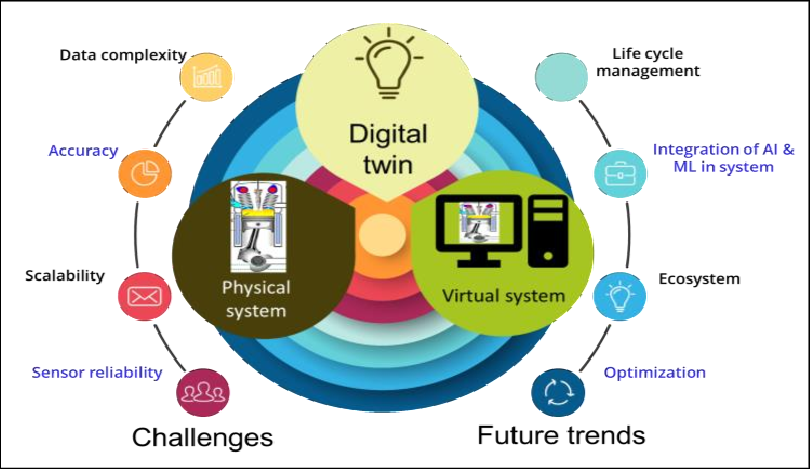
MVC faces challenges in implementation, integration with emerging technologies, and adapting to new architectural demands. It must evolve to address complexity, scalability, and the influence of AI tooling while maintaining clear separation of concerns. Trends point toward hybrid models and more flexible, decoupled designs.
Common Pitfalls in MVC Implementation
One frequent issue in MVC is improper separation of concerns. Developers sometimes blur responsibilities between Model, View, and Controller, leading to tightly coupled components that hinder maintenance and scaling.
Another pitfall involves complex Controllers that handle too much business logic. This makes code harder to test and maintain, compromising MVC’s intended modularity.
Performance bottlenecks can arise if Views perform excessive data processing instead of relying on Models. This shift distorts MVC’s flow and adds unnecessary load to the frontend.
Finally, inconsistent communication between frontend and backend layers can lead to synchronization errors, especially in distributed or headless setups where the backend and frontend are decoupled.
Evolving Patterns: MVC and AI Integration
AI-powered development tools now assist in code generation, debugging, and optimizing MVC components. This enhances developer productivity by automating repetitive tasks and suggesting efficient design patterns.
Machine learning models can refine the Model layer by predicting data trends or automating validations, reducing manual coding.
AI can also support dynamic UI adjustments in Views based on user behavior analysis, improving responsiveness and personalization.
However, integrating AI must preserve MVC’s clear boundaries; otherwise, the architecture risks becoming less modular and harder to debug.
Future Directions in MVC Architecture
MVC is moving toward hybrid approaches that blend traditional structures with modern frontend frameworks like React or Next.js. These solutions combine backend data control with frontend-first rendering capabilities.
Headless architectures separate frontend and backend development fully, allowing independent scaling and specialization but requiring rigorous API design to keep MVC effective. Greater emphasis on unidirectional data flow and state management is influencing MVC design to improve predictability and reduce complexity. Frameworks are also incorporating AI tools to automate routine tasks, testing, and performance tuning, making MVC more adaptable to future web development demands.

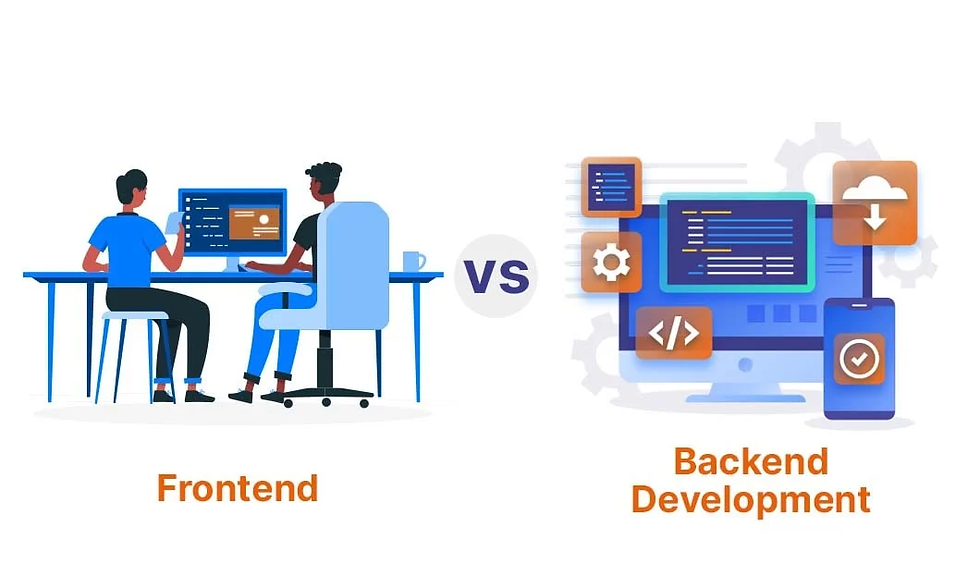
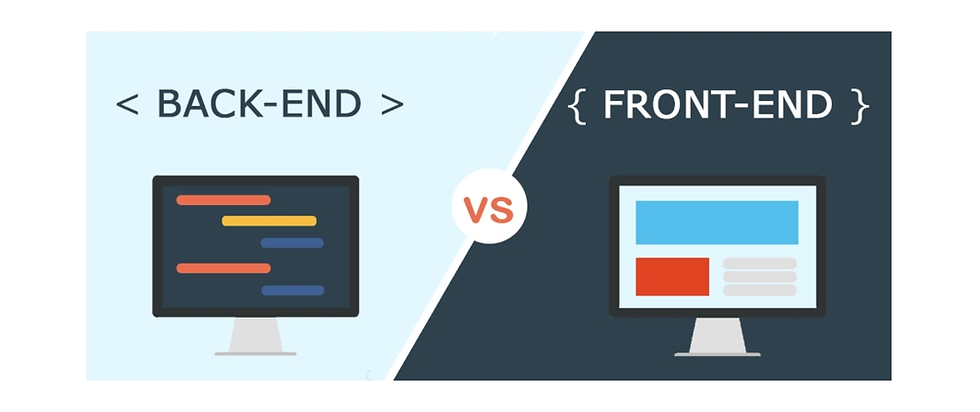



Comments